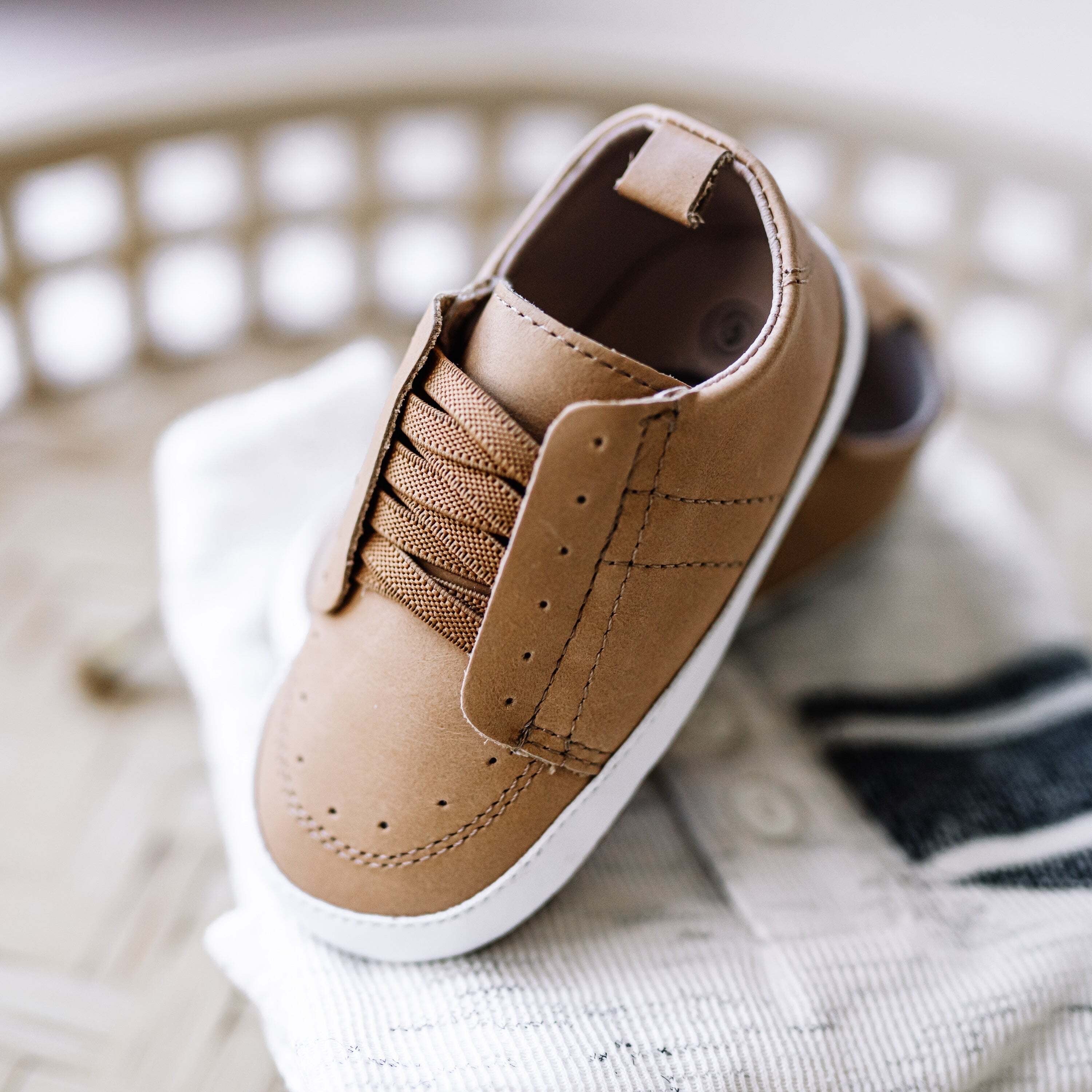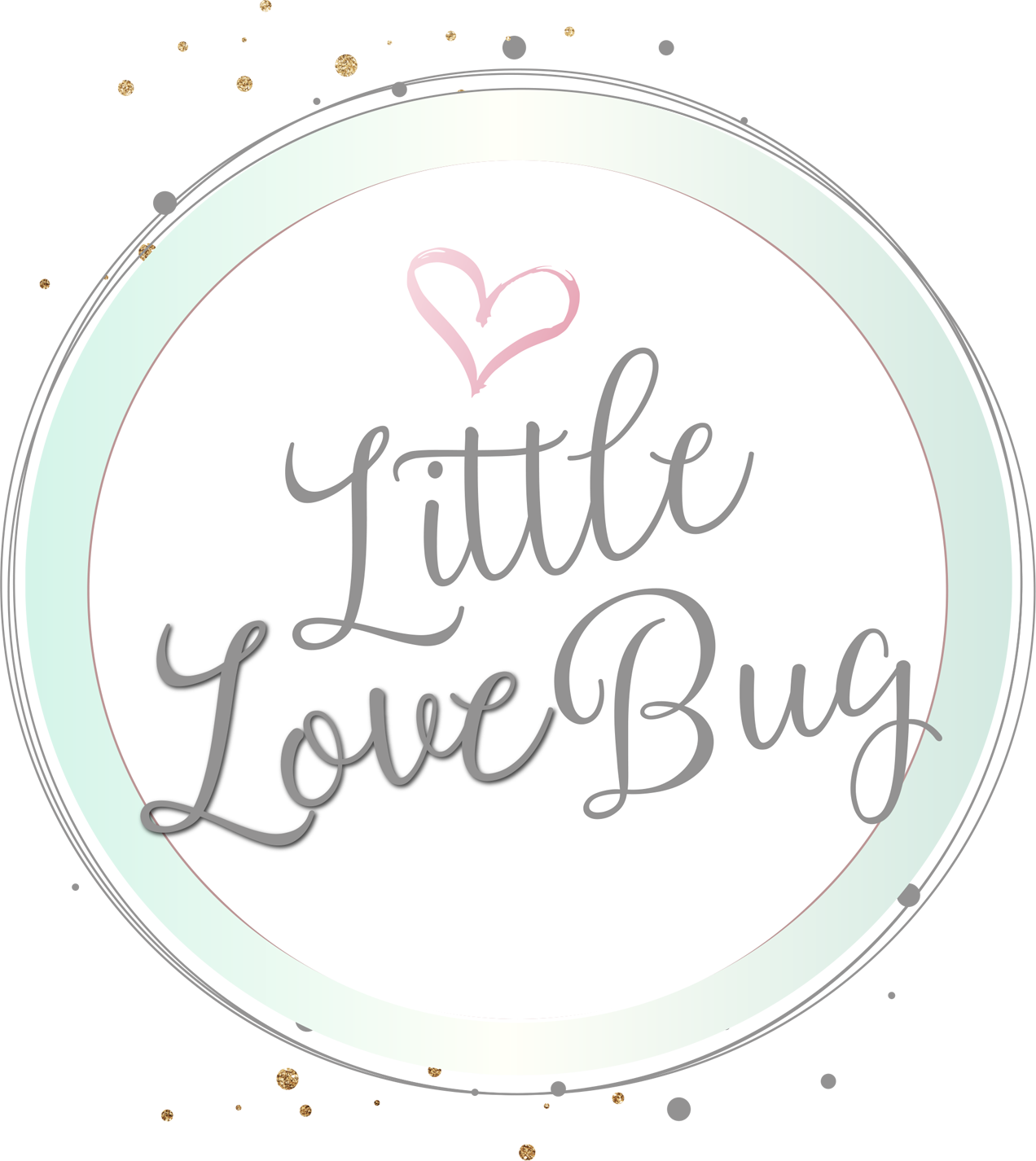Why Swaddle Your Baby and When to Transition Them Out
Swaddling is a technique used to securely wrap a baby in a blanket, helping them to feel warm, safe and secure. It is a practice that has been used for centuries, and is still commonly used today. Swaddling can provide a number of benefits to babies, making it an excellent choice for many parents. In this blog post, we will discuss why you should swaddle your baby and when the right time is to transition them out of a swaddle.
What is a swaddle?
A swaddle is a method of wrapping your baby in a light blanket to keep them snug and secure. It’s designed to mimic the feeling of being in the womb and provide a cozy, calming environment for your little one. Swaddling can help soothe your baby by reducing their startle reflex, help keep their temperature regulated, and even promote better sleep. When done correctly, swaddling can be an incredibly helpful and comforting tool for both baby and parents alike.
The benefits of swaddling
Swaddling can provide comfort to babies as it mimics the feeling of being held in a womb-like environment. It also helps keep them warm and can even improve sleep quality and reduce crying. Swaddling can help babies stay calm and reduce their startle reflex, which can help them sleep longer. Additionally, swaddling can help babies feel secure, making them feel safe and less stressed. Lastly, swaddling can help prevent babies from scratching themselves, making them less likely to get skin rashes.
How to swaddle your baby
Swaddling is a centuries-old practice of wrapping an infant in a soft, lightweight blanket. It has been shown to provide physical and emotional comfort and security for babies, which can help them to sleep better.
To swaddle your baby, first choose a breathable, lightweight blanket that is big enough to wrap around your baby comfortably with some extra fabric left over. Lay the blanket flat on the bed or floor and fold one corner over about two inches. Place your baby in the center of the blanket so that his or her shoulders are at the fold. Pull up the bottom edge of the blanket so it covers your baby’s chest and tuck it under one arm. Pull the left side of the blanket across his or her body and tuck it under the opposite arm. Finally, fold or tuck the top corner of the blanket over your baby’s feet, making sure that their arms are free and not bound tightly in the swaddle.
It’s important to make sure that the swaddle is not too tight or too loose, so that your baby has enough room to move their arms and legs but still feels secure and comfortable. If you find that your baby’s arms are wiggling free, try swaddling him or her tighter. If your baby’s hands are becoming red or they seem uncomfortable, try loosening the swaddle slightly.
When to transition your baby out of a swaddle
The transition out of a swaddle should typically occur at around 3-4 months of age. However, babies develop at different rates, so you may need to adjust this timeline based on your baby's individual needs. Here are some things to look out for when deciding when to transition:
• Your baby has begun to roll over from their back onto their side or stomach. Swaddling may no longer be safe as babies should not sleep on their stomach or side until they are able to roll back over by themselves.
• Your baby has begun to move their arms and legs more freely. If your baby is struggling to get out of the swaddle or if their arms and legs are becoming trapped, it is likely time to make the transition.
• Your baby is waking frequently in the night. As your baby gets older, their sleep cycles will become more complex. Swaddling can be beneficial in promoting sleep for younger babies, but as they get older they may need more freedom of movement in order to settle themselves back down.
When you decide that it is time to transition your baby out of a swaddle, there are a few things you can do to make the process smoother. Start by swaddling your baby with one arm free and gradually increase the amount of space they have to move until they no longer require a swaddle. You can also use a sleep sack which will provide some of the comfort and security of a swaddle while allowing them to move their arms and legs more freely. Above all, remember that your baby’s safety is the most important thing and that there is no one size fits all approach. Listen to your baby’s cues and adjust accordingly!
Swaddling is a technique used to securely wrap a baby in a blanket, helping them to feel warm, safe and secure. It is a practice that has been used for centuries, and is still commonly used today. Swaddling can provide a number of benefits to babies, making it an excellent choice for many parents. In this blog post, we will discuss why you should swaddle your baby and when the right time is to transition them out of a swaddle.
What is a swaddle?
A swaddle is a method of wrapping your baby in a light blanket to keep them snug and secure. It’s designed to mimic the feeling of being in the womb and provide a cozy, calming environment for your little one. Swaddling can help soothe your baby by reducing their startle reflex, help keep their temperature regulated, and even promote better sleep. When done correctly, swaddling can be an incredibly helpful and comforting tool for both baby and parents alike.
The benefits of swaddling
Swaddling can provide comfort to babies as it mimics the feeling of being held in a womb-like environment. It also helps keep them warm and can even improve sleep quality and reduce crying. Swaddling can help babies stay calm and reduce their startle reflex, which can help them sleep longer. Additionally, swaddling can help babies feel secure, making them feel safe and less stressed. Lastly, swaddling can help prevent babies from scratching themselves, making them less likely to get skin rashes.
How to swaddle your baby
Swaddling is a centuries-old practice of wrapping an infant in a soft, lightweight blanket. It has been shown to provide physical and emotional comfort and security for babies, which can help them to sleep better.
To swaddle your baby, first choose a breathable, lightweight blanket that is big enough to wrap around your baby comfortably with some extra fabric left over. Lay the blanket flat on the bed or floor and fold one corner over about two inches. Place your baby in the center of the blanket so that his or her shoulders are at the fold. Pull up the bottom edge of the blanket so it covers your baby’s chest and tuck it under one arm. Pull the left side of the blanket across his or her body and tuck it under the opposite arm. Finally, fold or tuck the top corner of the blanket over your baby’s feet, making sure that their arms are free and not bound tightly in the swaddle.
It’s important to make sure that the swaddle is not too tight or too loose, so that your baby has enough room to move their arms and legs but still feels secure and comfortable. If you find that your baby’s arms are wiggling free, try swaddling him or her tighter. If your baby’s hands are becoming red or they seem uncomfortable, try loosening the swaddle slightly.
When to transition your baby out of a swaddle
The transition out of a swaddle should typically occur at around 3-4 months of age. However, babies develop at different rates, so you may need to adjust this timeline based on your baby's individual needs. Here are some things to look out for when deciding when to transition:
• Your baby has begun to roll over from their back onto their side or stomach. Swaddling may no longer be safe as babies should not sleep on their stomach or side until they are able to roll back over by themselves.
• Your baby has begun to move their arms and legs more freely. If your baby is struggling to get out of the swaddle or if their arms and legs are becoming trapped, it is likely time to make the transition.
• Your baby is waking frequently in the night. As your baby gets older, their sleep cycles will become more complex. Swaddling can be beneficial in promoting sleep for younger babies, but as they get older they may need more freedom of movement in order to settle themselves back down.
When you decide that it is time to transition your baby out of a swaddle, there are a few things you can do to make the process smoother. Start by swaddling your baby with one arm free and gradually increase the amount of space they have to move until they no longer require a swaddle. You can also use a sleep sack which will provide some of the comfort and security of a swaddle while allowing them to move their arms and legs more freely. Above all, remember that your baby’s safety is the most important thing and that there is no one size fits all approach. Listen to your baby’s cues and adjust accordingly!


